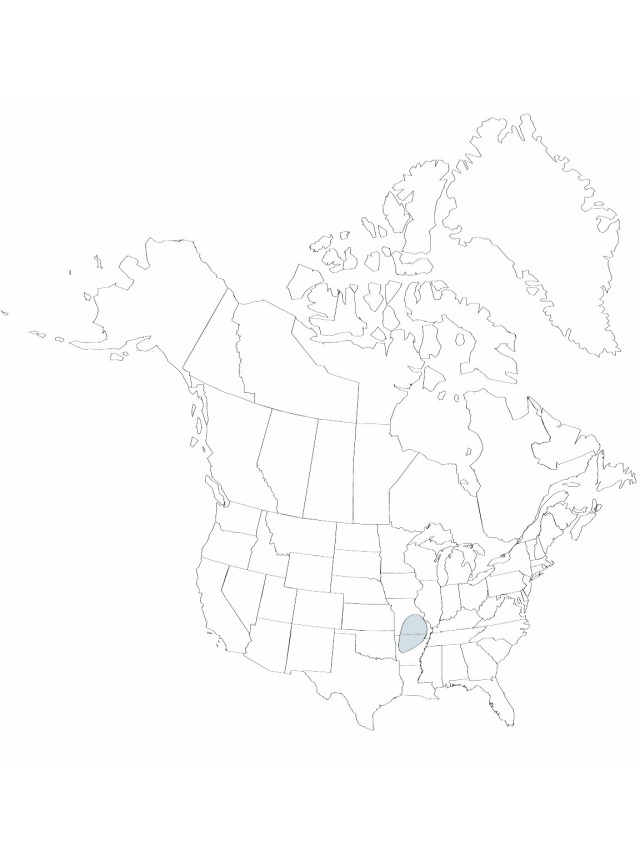Difference between revisions of "Tradescantia longipes"
Contr. Arnold Arbor. 9:91, plate 5, fig. 10; plate 6, fig. 9; plate 10;. 1935.
FNA>Volume Importer |
FNA>Volume Importer |
||
| Line 44: | Line 44: | ||
|publication year=1935 | |publication year=1935 | ||
|special status= | |special status= | ||
| − | |source xml=https://jpend@bitbucket.org/aafc-mbb/fna-data-curation.git/src/ | + | |source xml=https://jpend@bitbucket.org/aafc-mbb/fna-data-curation.git/src/f6b125a955440c0872999024f038d74684f65921/coarse_grained_fna_xml/V22/V22_156.xml |
|genus=Tradescantia | |genus=Tradescantia | ||
|species=Tradescantia longipes | |species=Tradescantia longipes | ||
Revision as of 19:01, 24 September 2019
Herbs, usually ± rosette, erect or ascending, rarely rooting at nodes. Roots not brownish-tomentose. Stems unbranched or sparsely branched, 2–10 cm; internodes pilose or villous. Leaves spirally arranged, sessile; blade dull green, linear-lanceolate, 5–33 × 0.3–1.2 cm (distal leaf blades equal to or narrower than sheaths when sheaths opened, flattened), margins sparsely ciliate, apex acute to acuminate, pilose. Inflorescences terminal; bracts foliaceous, ascending, pilose, margins sparsely ciliate. Flowers distinctly pedicillate; pedicels (2–)4–6 cm, pilose with glandular or glandular and eglandular hairs; sepals suffused with pink to purple, 5–11 mm, pilose with glandular, eglandular hairs, glandular hairs numerous, conspicuous, longer hairs 1.5–6 mm; petals distinct, rose to blue or purplish, broadly ovate, not clawed, 8–16 mm; stamens free; filaments bearded. Capsules 4–6 mm. Seeds 2–3 mm; hilum as long as seed. 2n = 24.
Phenology: Flowering spring (Apr–May).
Habitat: Wooded slopes on rocky hillsides
Discussion
Selected References
None.
